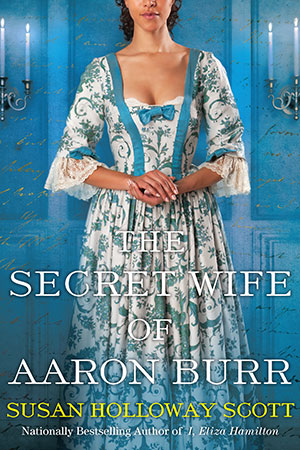 |
| No. 1 Brussels Street |
Loretta reports:
Like most cities, my hometown has lost large chunks of its architectural heritage, for a variety of reasons.* Recently, I was surprised and heartened to discover that one large mill complex has managed to survive—not every single building, but most of them—thanks to local business people as well as our dedicated preservationists. Not long ago, under the auspices of
Preservation Worcester, Breanna Barney gave a group of nerdy Worcester history people a
talk and tour of the Whittall Mills in South Worcester.
 |
| Tower of No. 1 Brussels Street |
Until I attended Ms. Barney’s talk, I didn’t realize that this area was a British enclave. Matthew J. Whittall, ** an Englishman from Kidderminster, had been working in the carpet industry since he was fourteen. At the invitation of George Crompton, who was building a factory to make Brussels carpets, Whittall came to the U.S. in the early 1870s. In 1879, during the global depression, when he found himself unemployed, he decided to go into business for himself. He returned to England, bought eight Crossley carpet looms, and brought them back to Worcester, along with a cousin and a group of Kidderminster carpet weavers.
He was not without strong competition, but by 1901 he’d won, becoming south Worcester’s largest employer. His well-regarded carpets were in Pullman train cars, the Manhattan Opera House, the new Worcester City Hall, and President McKinley’s White house. A sample advertisement is
here.
Ms. Barney described him as a paternalistic employer—and
this article (which I found after the talk), describing the development of this area, tells a similar story. According to Ms. Barney, in 1910, for instance, business was so good that “Whittall gave weavers an advance in wages.” Furthermore, they would work only 58 hours a week but get paid for 60 hours. This wasn't common behavior among U.S. industrialists, so far as I can ascertain.
 |
| No. 6 Brussels Street (front) |
 |
| No. 6 Brussels Street (side view) |
In the course of my own internet search, I learned that, along with his many contributions to South Worcester, Mr. Whittall made a large donation toward a new chapel in his home town of Kidderminster. I believe it’s safe to call him a philanthropist—all the more reason to be glad his buildings, with his name on them, survive.
Rottman’s Furniture & Carpet Store, across the way, contains under one roof several of the complex’s other buildings. In one place, a round tower juts up. It’s part of a Whittall
competitor’s 1884 spinning mill (eventually absorbed by Whittall), and the original spiral staircase is still there, inside the furniture store, as Ms. Barney and her colleagues discovered for themselves.
Rottmans aren’t the only ones in the complex who appreciate these old brick structures and have used their imagination to give them new life. The buildings on Brussels Street house a coffee shop, a realty company, and
several other businesses.
 |
| Rottman's Furniture & Carpet store |
I am indebted to Ms. Barney for sharing with me her Powerpoint Presentation, (I only wish I had space to cover more of her beautifully researched talk), and to Preservation Worcester for its public education program of talks and walking tours about Worcester’s built environment and its people.
*More blogs on Worcester’s lost and surviving places
here,
here,
here,
here, and
here.
**bio of Whittall and photos of his suburban mansion
here.
Photos copyright © 2017 Walter M. Henritze III
Please click on images to enlarge





































 One of us --
One of us -- 


